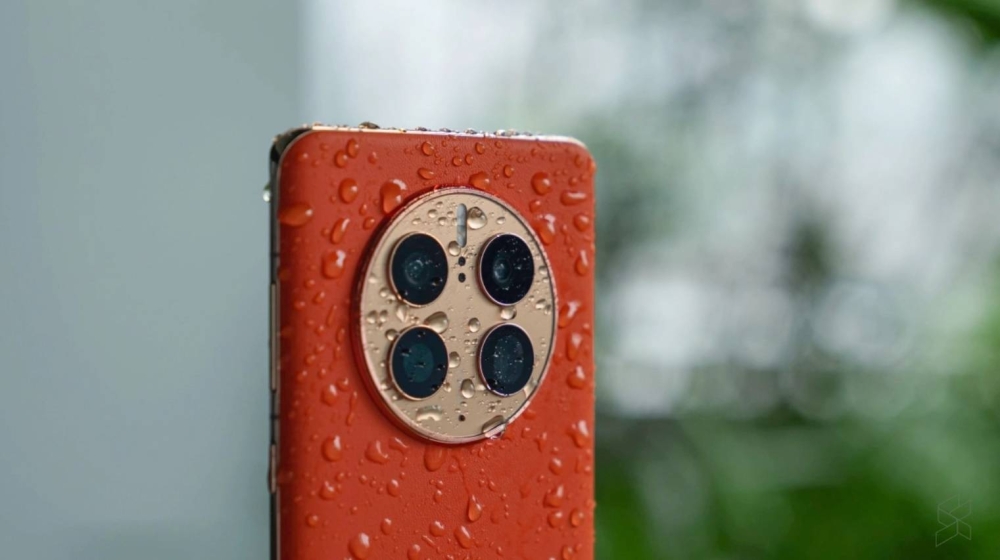Huawei continues to launch new phones in markets around the world, and those are pretty good phones, literally.
They have launched their latest phone, the Huawei Mate 50 Pro, which is about as good as other Huawei phones in terms of specs, in fact, the camera lens is its biggest highlight.
When you pick up this phone, you can immediately see what kind of phone it is.
It looks a lot like the Huawei Mate 40 Pro, and the orange colorway looks almost identical to the Huawei Mate 30 colorway.
However, none of that is the focus of this phone, which looks like a well-assembled flagship smartphone.
The back of the phone is in orange vegan leather, which feels nice in the hand. It has a decent grip and doesn’t leave fingerprints, nor does the gold (rose gold?) frame.
In a way, the texture contrast in your hand is a lot like what other phone makers are trying to achieve with the combination of a glossy frame and frosted glass, but you get a firmer grip on the phone, which is nice.
-Picture taken from Soyacincau-
In addition to having a leather back, the phone is still IP68 rated for dust and water resistance, and is said to be impressively waterproof to a depth of 6 meters.
There’s something satisfying about the buttons along the bezel, too, which definitely helps elevate the premium feel of this phone.
Huawei Mate 50 Pro is equipped with Snapdragon 8+Gen 1 processor, with 8GB RAM+256GB (black version) or 8GB RAM+512GB (orange version).
It’s important to note that while this phone uses Qualcomm’s latest processor, it’s still a 4G phone.
When it comes to specs, my only gripe is the 4700mAh battery.
I’ve said it before, making a 5000mAh battery the norm for a phone battery, especially on a big flagship phone like this.
The phone supports 66W fast wired charging and 50W fast wireless charging, which is nice but no substitute for battery capacity.
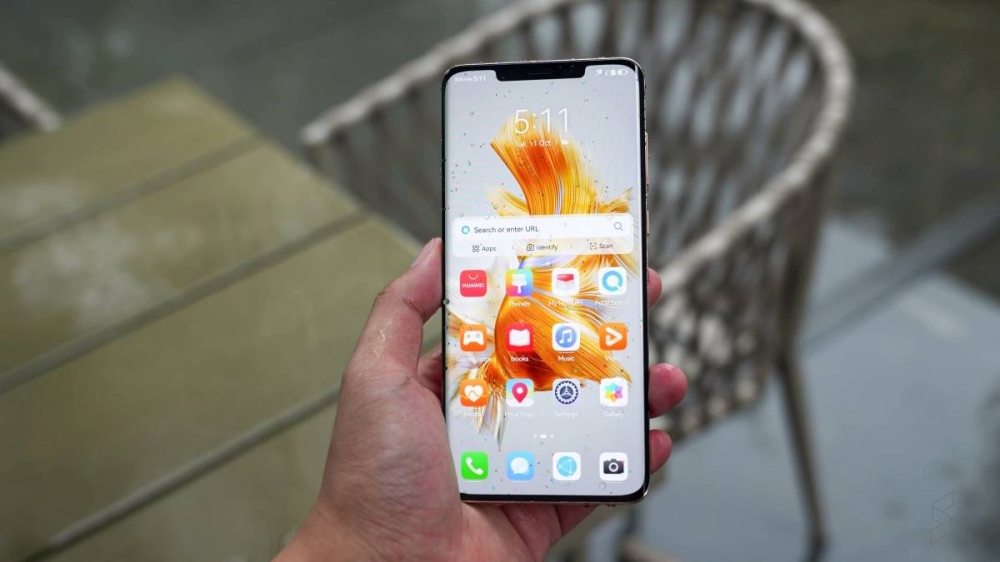
-Picture taken from Soyacincau-
The phone has a 6.74-inch 120Hz OLED screen with a resolution of 2616×1212 (higher than Full HD+), but it’s still a long way from Quad HD.
It’s curved on both edges, which is a plus for me, but I know a lot of people have a problem with a screen like this, and there’s going to be a palm strike.
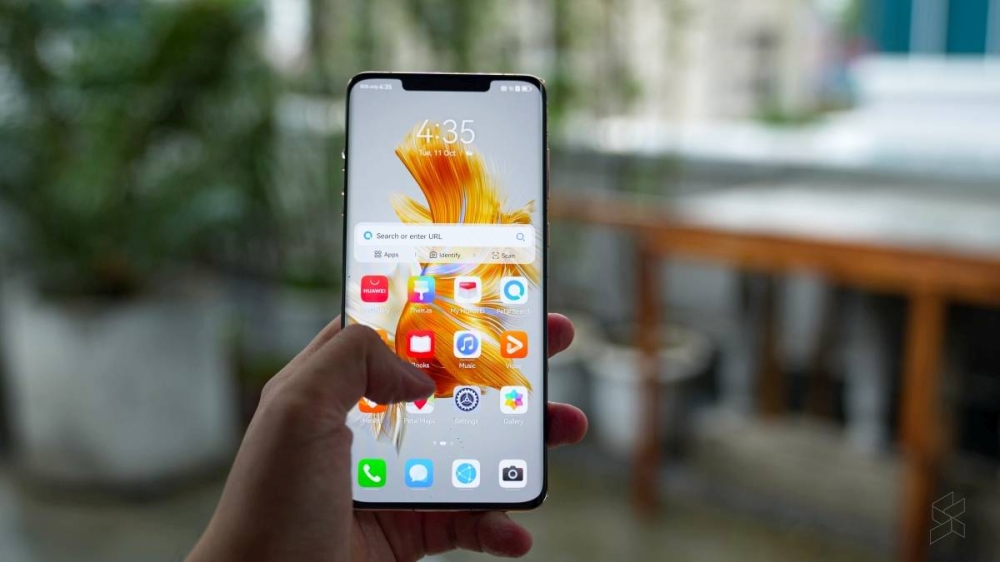
-Picture taken from Soyacincau-
Whichever statement you agree with, I don’t think you can deny it’s a decent screen. The screen is simple and beautiful, allowing users to see clearly.
What’s more interesting is that this phone uses Kunlun glass, which is not the mysterious city of Kunlun in “Iron Fist”, it is named after the Kunlun Mountains in China.
It’s basically a replacement for Gorilla Glass or Super Porcelain, which also protects the screen from scratches.
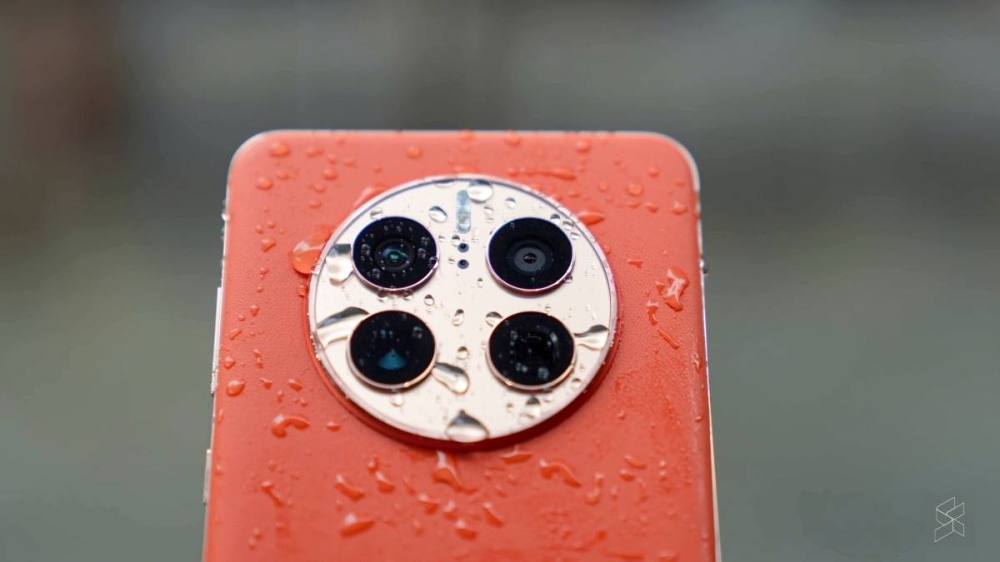
-Picture taken from Soyacincau-
Huawei said that Kunlun Glass is the most durable glass available, and was pleased to demonstrate its capabilities to the media present, throwing it on a solid marble floor from a height of about 1.5 meters (roughly at the shoulder).
I’m impressed with how many times this glass can withstand being dropped on the floor, because the sound of the phone dropping on the floor makes my heart aches.
However, such a good impression was quickly shattered, because a day later I found a deep scratch on the phone screen.

-Picture taken from Soyacincau-
Therefore, even if it can fall to the ground several times, you should not drop your phone on a hard marble tile on purpose.

-Picture taken from Soyacincau-
What’s unique about the Huawei Mate 50 Pro isn’t the specs or the screen, nor the usual stereo speakers.
Its selling point is the camera, which is interesting because usually the selling point of Huawei P-series phones is the camera.
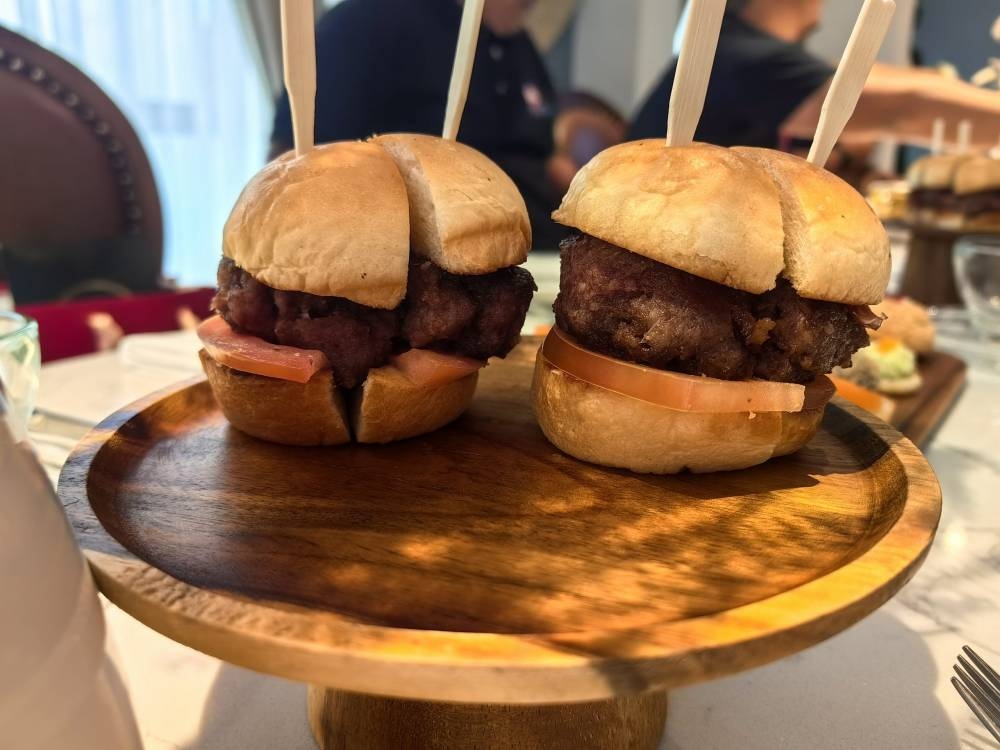
-Picture taken from Soyacincau-
Literally, it doesn’t look like much. It has a triple rear camera combination, including a 50MP main camera, a 13MP ultra-wide-angle lens, and a 64MP telephoto lens (supporting 3.5x optical zoom).
However, if you take a closer look at its main camera lens, you’ll see that it has a variable aperture lens. Of course, this isn’t the first time we’ve seen phones with this kind of technology.
The Samsung Galaxy S9+ has a similar lens, and I tried that phone, but its variable-aperture lens can only switch between fixed aperture f/1.5 and f/2.4, and Huawei’s technology is a bit more complicated.
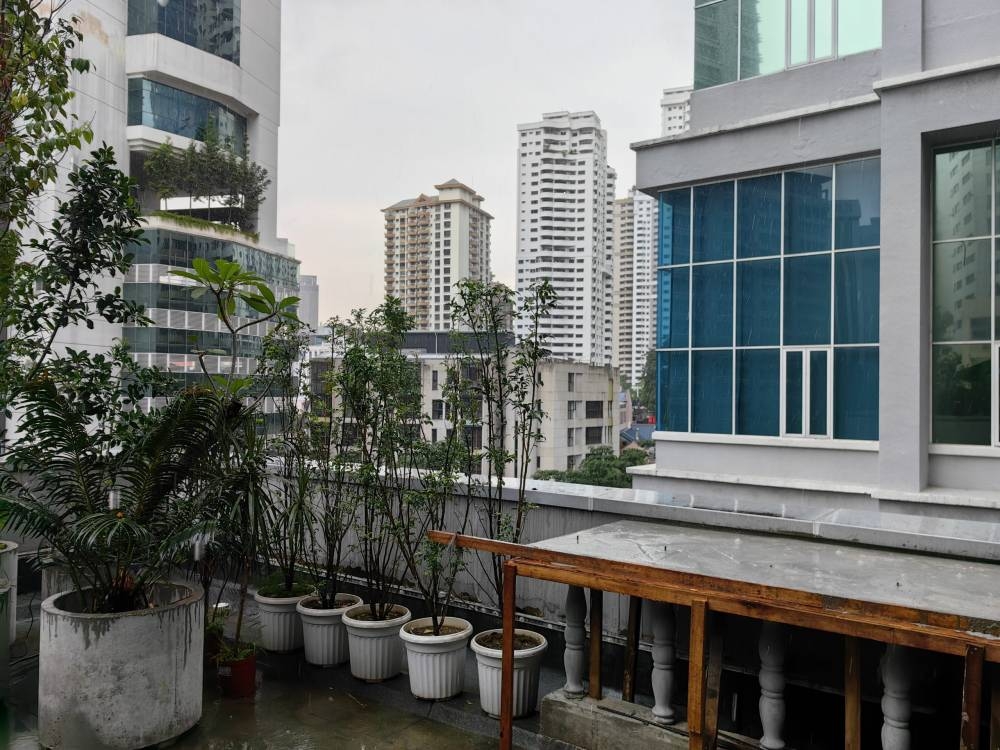
-Picture taken from Soyacincau-
This “ultra-aperture camera” automatically adjusts the aperture from the maximum aperture of f/1.4 to f/4.0 when you take a picture. However, if you switch it to pro mode, you can manually choose among 10 different apertures.
After doing a simple test, I found that every time I adjust the aperture, the aperture blades in the lens do not necessarily shrink, and there may be some software in it.
However, it’s hard to convince people how good it looks to work. Aperture has two main functions in a camera, including it controls how much light gets into the sensor and adjusts the depth of field.
If your phone’s sensor is small, you’ll want to have a wide aperture so that more light hits the sensor, but with a large aperture, the depth of field is shallow, and shooting subjects at long distances can be a challenge.
That’s why it makes sense to have an adjustable aperture, because in theory you can get the best of both worlds for photography.
When you’re adjusting the aperture, you can see the light change and the depth of field change, which I can’t do with other phones.
There’s a fairly natural roll from the in-focus to the out-of-focus parts, and you can see the transition when you toggle down or up in pro mode.
If you don’t want to manually adjust the aperture, the phone does it for you when you’re shooting in normal photo mode — adjusting the aperture based on the light coming in.
Having tried the Huawei Mate 50 Pro, it seems to be a powerful camera, though, I’m not sure if that’s all down to the new variable aperture.
Since Huawei launched the Huawei P9, Huawei’s flagship phones have always had the best camera lenses.
Still, it depends on whether you prefer the Huawei’s high contrast and strong colors, or the iPhone’s more muted tones.
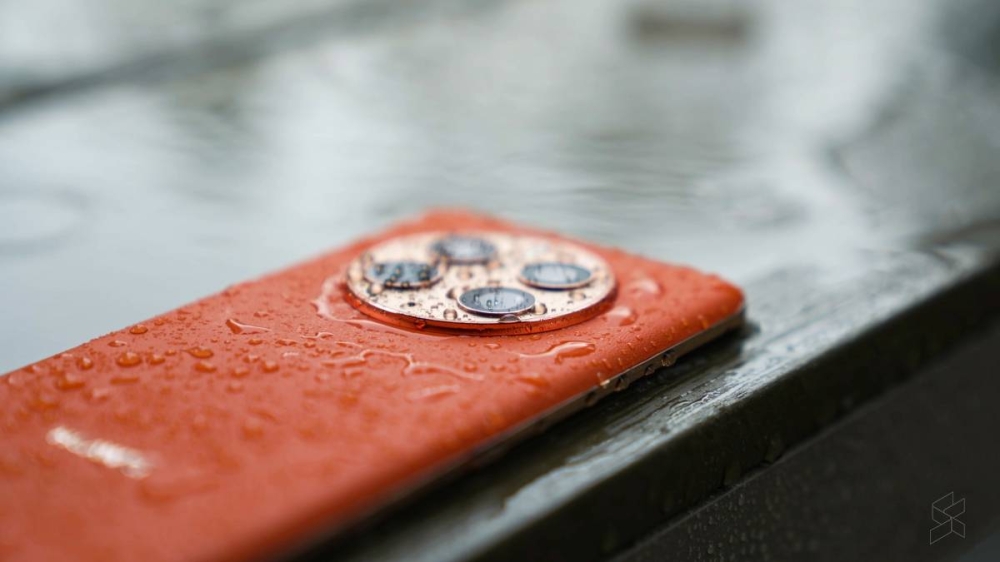
-Picture taken from Soyacincau-
The main problem with Huawei phones is that they don’t support Google Mobile Services (GMS), which prevents users from using Google apps and the Google Play Store.
The Huawei Mate 50 Pro is powered by Qualcomm’s latest and most powerful processor, and it doesn’t support 5G, but that’s not a big deal for Malaysian users.
The Huawei Mate 50 Pro has these limitations, Huawei has been working hard to optimize their Huawei AppGallery, they even ventured to launch their own search engine Petal Search (I can’t recommend it professionally).
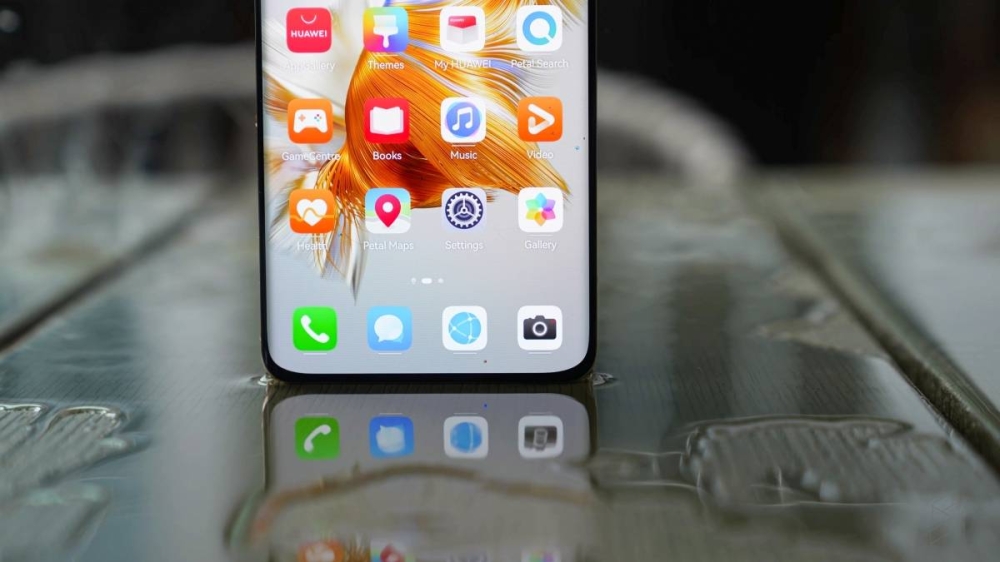
-Picture taken from Soyacincau-
However, it’s definitely not as full-featured as the Google Play Store.
For someone like me who’s been using a lot of Google apps, I don’t think I’d want to switch to Petal Search.
In my opinion, to convince the general public to give the Huawei Mate 50 Pro a chance, it has to be competitively priced to beat the rest, or solve the lack of Google apps.
At the moment I don’t know the details of these two aspects, as the phone has not been launched in Malaysia yet, so I guess time will tell.
[Original text: Soyacincau-Rory Lee]
